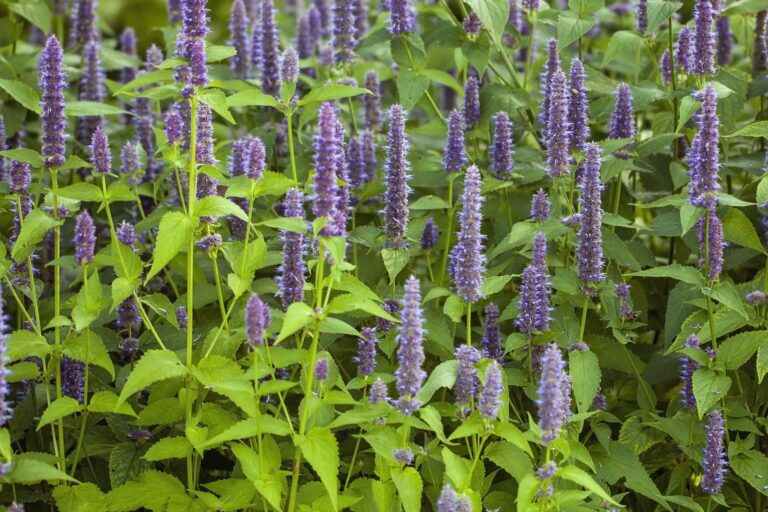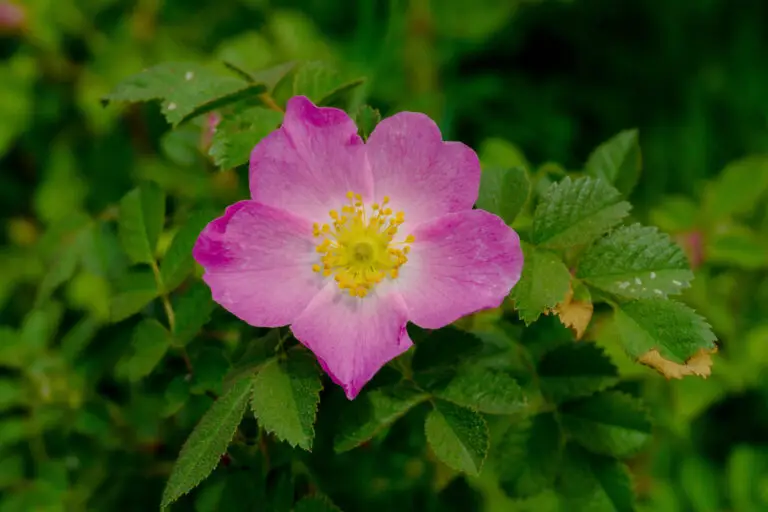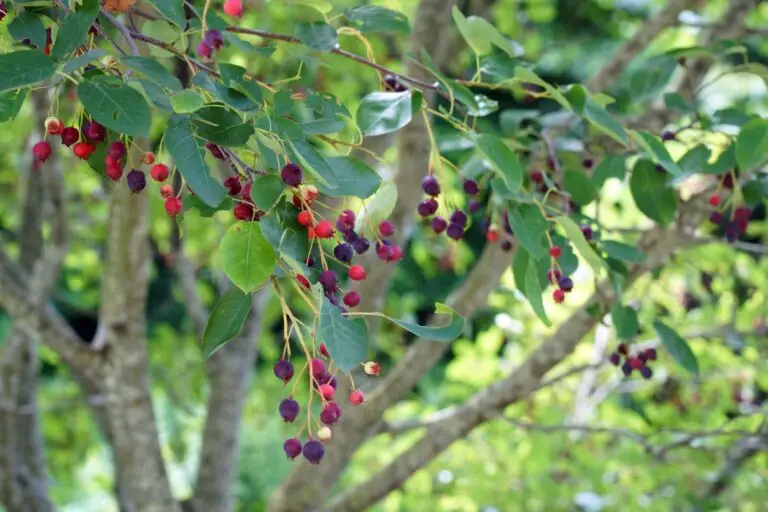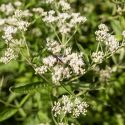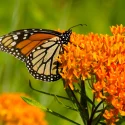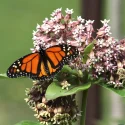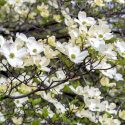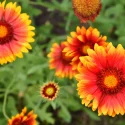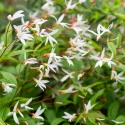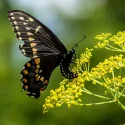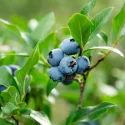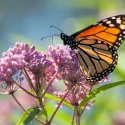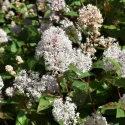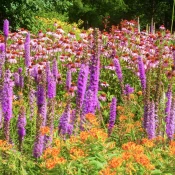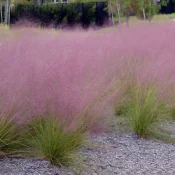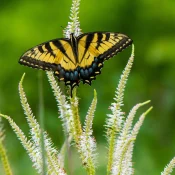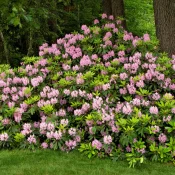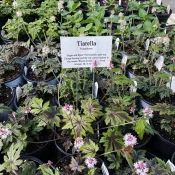What native plants are edible?
Native North American plants aren’t just for the birds—they can be delicious to humans, too. There are many edible native plants, ranging from native versions of familiar favorites like strawberries and blueberries to the tropical-flavored Pawpaw. Learn about a few of the easiest-to-grow and tastiest native plants.
What are native edible plants for the garden?
We don’t always think about native plants when we think about edible plants, but many of North America’s plants are delicious in addition to their other virtues for wildlife and ecosystems.
Native North American fruits include strawberries, blueberries, plums, persimmons, prickly pears, and the rarely seen but delicious Pawpaw. But there are also plants to make into tea, syrups, or flavorings, like mints and rose hips.
As a bonus, almost all of these plants are host species, meaning they deliver outsize benefits for native ecosystems.
You can grow any of these plants with a little patch of land, or even a container. Read on to meet a few.
Note that we do not recommend eating wild native plants!
Unless you are eating plants bought from a nursery, it’s hard to know for sure what plant you are eating—many look alike. Plus, native plants in the wild are best left for the native wildlife.
Edible Native Plants
If you only have a little room in the garden, meet some of the smaller edible plants of North America.
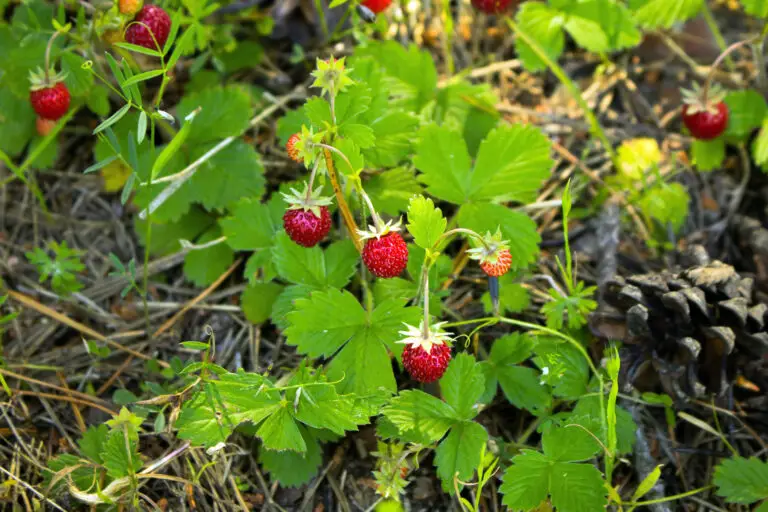
Wild Strawberry
Did you know that strawberries are native to North America? There is nothing like hunting for tiny, bright red, delicious Wild Strawberries in a patch of the distinctive, pleated leaves. Wild Strawberry is a very adaptable plant and can grow in just about any soil, but will need a good amount of sun to produce berries. They will appear in early summer.
Because this plant spreads, it is also often used as a groundcover. To make sure you’re getting the native species, look for the Latin name, Fragaria virginica.
Overview
- Latin name: Fragaria virginica
- 1 foot tall
- Full sun to shade
- See native range
Native Mints
There are many native members of the mint family. All of them have aromatic leaves and stems, which you can smell by crushing one between your fingers. Some native mints include Mountain Mint and Hummingbird Mint; even Bee Balm is in the mint family.
People often make herbal teas from the stems and leaves, and the flowers are edible, too—try a few as a lovely garnish on a summer salad. And James Beard-award-winning chef Alan Bergo even uses Bee Balm leaves for pizza and tomato sauce, as they have an oregano-like flavor.
As a bonus, all of these species will bring the butterflies, and all of them are deer- and rabbit-resistant on account of their strong scents.
Overview
- Latin names depend on species
- 1-5 feet tall, depending on species
- Full sun to shade
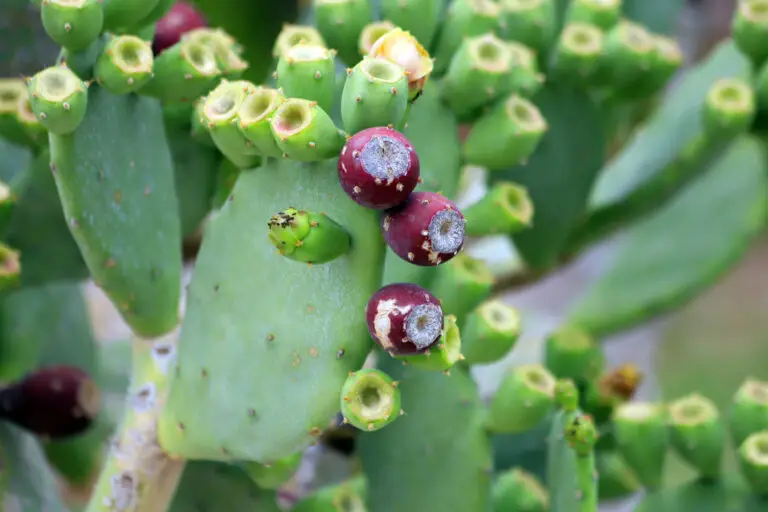
Prickly Pear
The thorns of Prickly Pear cactus are hiding a delicious secret: purple-red fruits, known and loved as tuna in Mexico. The fruits follow bright yellow flowers in spring or after a heavy rain, and are often used to make jellies or syrups; they are a good source of vitamin C and antioxidants. The pads (leaves) are edible, too.
Prickly Pear will happily sprawl over a large area but only grow a foot or so high. They are an excellent plant for hot, dry or sandy areas—and are salt-tolerant, too, so they can be grown in “hellstrips.”
Prickly Pear is native to virtually all of the continental U.S.; depending on which side of the Rocky Mountains you live, grow Western or Eastern prickly pear cactus.
It’s a cactus, of course, so you’ll need to be careful while harvesting either fruit or pads—here’s a guide.
Overview
- Western prickly pear
- Latin name: Opuntia polyacantha
- Full sun
- Less than 1 foot tall
- Zones 3-9
- See native range
- Eastern prickly pear
- Latin name: Opuntia humifusa
- Full sun
- Less than 1 foot tall
- Zones 4-9
- See native range
Edible Native Shrubs
What about the always important middle layer of a garden? There are many shrubs that have edible parts, but here are two that are especially delicious.
Blueberry
Blueberries are another plant that is not only native to North America, but extremely widespread across the continent—some type of native blueberry can be found in virtually every state. One good option is Highbush Blueberry, which is native to most of the eastern U.S. It grows to a tall (6-12 foot) bush and in addition to berries, has gorgeous orange-red fall color and pretty white spring flowers.
Hot tip: Blueberries really like acidic soil. You can choose not to worry about this, and just enjoy a shrub with beautiful fall color that occasionally has berries. But if you want a really good crop of blueberries, grab a pH test from the garden store and see what your soil is like. If it is too neutral, you can add treatments to lower your soil’s pH (these are easily found in garden stores as they’re often used for bushes like rhododendrons, which also like acidic soil).
Overview
- Latin name: Vaccinium corymbosum
- 6-12 feet tall
- Full sun to part shade
- Zones 3-8
- See native range
Roses
The lovely rose isn’t just good for its beauty. For millennia, humans have used the bright red-orange rose hips that form after the flower has gone to seed—often for tea, but rose hips also make great jellies and syrups. (The rose petals are edible, too; this makes sense as they’re in the same family as apples.) Rose hips are an excellent source of vitamin C and other good-for-you compounds, such as antioxidants.
There are many kinds of native U.S. roses—learn more about them here.
Edible Native Trees
Let’s meet some of the trees which bear edible fruit and nuts, moving from shortest to largest trees. You’ll find some surprises…
Serviceberry
There’s really no better plant than a Serviceberry for the home garden. These small trees have pretty white flowers in spring, which pollinators love, followed by sweet little purple-red berries in June that taste a bit like blueberries. But they won’t be messy if you don’t get around to picking them—birds love these berries and will eat them right off the trees. As a bonus, the trees have lovely fall color, which ranges from orange to yellow to bright red.
Serviceberry is super-easy to grow; it is not picky about soils and can grow in anything from full sun to full shade (though you’ll get more fruit the more sun the tree gets).
American Crabapples
There are at least four species of apples that are native to the U.S., and all have edible fruits. They’re small and tart, so you have to gather a lot, but they will add a wonderful tart edge to your pies, jams, or jellies.
Of course, Crabapples also have gorgeous, fragrant white or pink flowers in spring. But you should also know that they’re also powerhouses for native wildlife; they are host plants to many pollinators.
Note that there are a lot of crabapples sold at garden stores that are not native, so look for them by their unique Latin names if you want to get the native versions.
Pawpaw
Want to grow a native fruit that tastes like a cross between a banana and a pineapple? You can! Pawpaw is North America’s largest fruit. It has a soft, custard-like texture that means it’s difficult to transport long-distance, so it never caught on as a grocery store fruit, but everyone agrees it is delicious. It is native to much of the eastern half of the U.S.
Getting the tree to successfully bear fruit requires some extra consideration. Like many fruit trees, it requires two unrelated trees nearby so they can be cross-pollinated. If you’re interested, Kentucky State Extension has a good guide.
But you can also just plant the tree and enjoy its large leaves and nice yellow fall color—and know that you’re boosting butterflies, because Pawpaw leaves are an important food source for the beautiful Zebra Swallowtail butterfly.
Overview
- Latin name: Asimina triloba
- 15-30 feet high
- Full sun to full shade
- Zones 5-9
- See native range
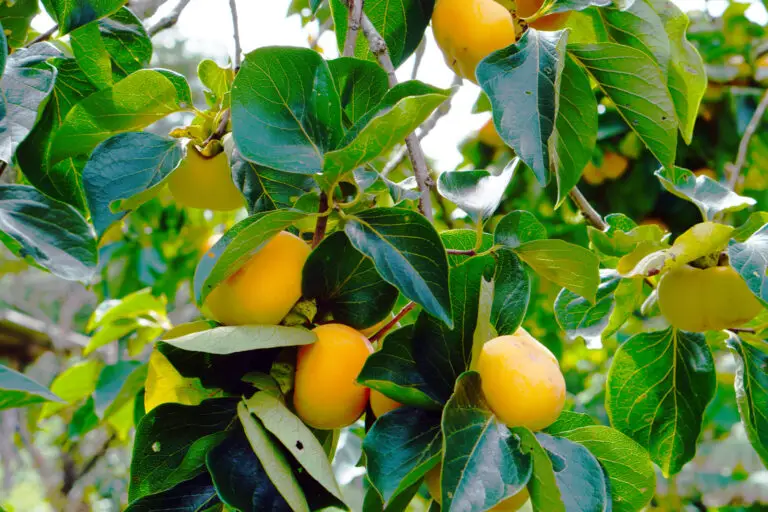
American Persimmon
Many people associate persimmons with East Asian cuisine, but there’s also a persimmon native to the United States—and it can tolerate winter temperatures to minus 25 Fahrenheit. American Persimmon once grew all over the East and Southeast. The fruit is orange and very, very sweet once it’s fully ripe and soft (which is not usually until around the first frost).
You’ll need two of them to bear fruit (in this case, a female and a male tree, which a nursery can tell you when you buy; learn more about growing them for fruit from Penn State Extension).
But as always, you can also just plant the tree and enjoy its glossy leaves, lovely orange-yellow fall color, and handsome alligator-like bark, without worrying about the fruit. As a bonus, American Persimmon is a host plant for several native pollinators, including the regal Luna moth.
Overview
- Latin name: Diospyros virginiana
- 30-80 feet tall
- Full sun to part shade
- Zones 4-9
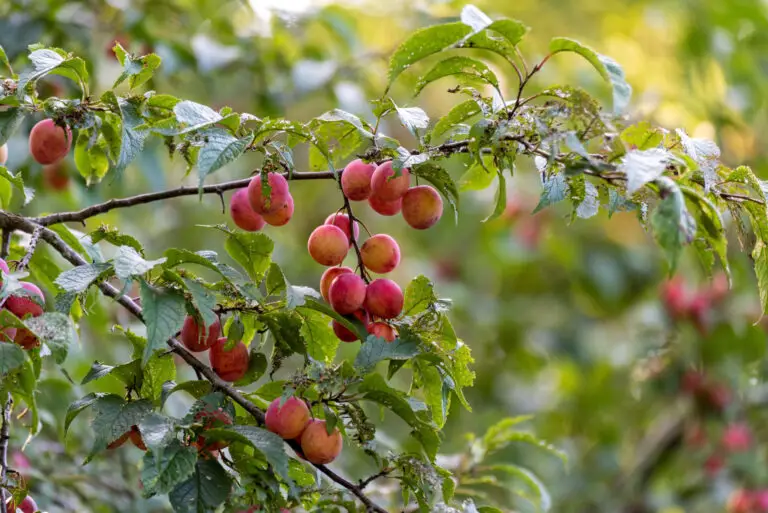
Wild American Plum
Another fruit you may never have known has a native equivalent. Wild American Plum bears bright red fruits that will ripen in late summer. They have tart, tough skins but sweet, aromatic insides. For generations, they have been used to make delicious jams and jellies.
This super-tough small tree is drought-tolerant and can grow in many conditions. It also has very fragrant white flowers in spring. It will spread readily, so it may be best for out-of-the-way areas.
Native to much of the U.S., American Plum is considered a keystone plant; it is host to an incredible number of native species, including the lovely Tiger Swallowtail butterfly. As Prairie Moon Nursery puts it, “One American Plum can host an endless circle of life.” By planting it, you are giving a major boost to struggling ecosystems.
Overview
- Latin name: Prunus americana
- 10-20 feet tall
- Full sun to part shade
- Zones 4-9
- See native range
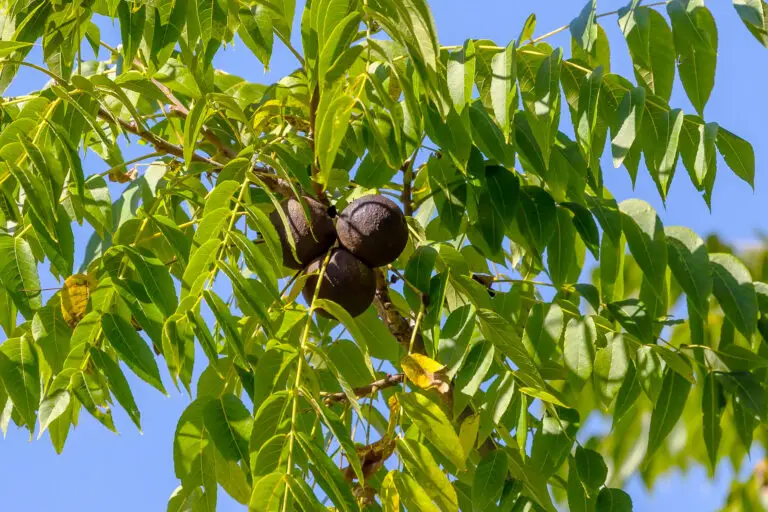
Black Walnut
This incredibly common tree is native almost everywhere east of the Rockies, and while many of us have stepped on the big green nuts, fewer of us may have actually tried them. The kicker? They’re delicious. “To me, black walnuts are really the Rolls Royce of nuts,” says James Beard-winning chef Alan Bergo; he has a good guide to preparing them.
Black Walnut is a handsome and hardy tree with wide branches and attractive leaves that turn yellow in fall. It is an incredibly important plant for many different kinds of wildlife, such as the beautiful Luna moth.
Note that the tree has an interesting natural defense: it makes a chemical called juglone that inhibits the growth of many other plants around it, which will limit the plants you can grow under the tree.
Overview
- Latin name: Juglans nigra
- 50-75 feet tall
- Full sun to part shade
- Zones 4-9
OK, sounds great, how do I find these plants?
Many of these plants can be found at local garden stores and nurseries. But it’s true that some native U.S. plants can still be harder to find (though it’s getting easier all the time!) If you’re having trouble, we’ve assembled some resources to help:
Where can I find seeds and plants?
Finding native plants can be challenging (we partly blame Marie Antoinette.) To make it easier, we’ve assembled four sourcing ideas.
300+ native nurseries make finding one a breeze
Explore 100+ native-friendly eCommerce sites
Every state and province has a native plant society; find yours
Online Communities
Local Facebook groups are a great plant source
We hope you’ve enjoyed this tour through some of the most widespread and easy-to-grow edible native North American plants for the garden—but there are many, many more. Ask your local native plant society for more that are specific to your region.
Add a new dimension to your garden by adding edible plants—it’s also a great activity for introducing kids to native plants!
Next, check out good native trees for front yards. Or if you’d rather feed the birds than humans, learn about some of the best native plants for birds or for butterflies. Happy planting!
Sources
- North Carolina Extension, Amelanchier (Common Serviceberry, Downy Serviceberry, Juneberry, Saskatoon, Serviceberry, Shadblow, Shadbush, Sugarplum)
- North Carolina Extension, Fragaria virginiana (Scarlett Strawberry, Wild Strawberry)
- North Carolina Extension, Asimina triloba (Common Pawpaw, Pawpaw)
- North Carolina Extension, Diospyros virginiana (American Persimmon, Common Persimmon, Date Plum, Eastern Persimmon, Jove’s Fruit, Persimmon, Possum Apples, Possumwood, Simmon, Winter Plum)
- North Carolina Extension, Prunus americana
- University of Nevada, Reno Extension, Eating Cactus: Prickly Pear for Food
- The Farmer’s Almanac, Welcome to the “Dark” Side: All About Black Walnut Trees
- Missouri Department of Conservation, Black Walnut
- The Forager Chef, Foraging and Cooking with Bee Balm (Monarda fistulosa)
- Penn State Extension, Native Persimmon in the Garden and the Kitchen
- Marmol et al, “Therapeutic Applications of Rose Hips from Different Rosa Species.” Int J Mol Sci, May 25, 2017.

